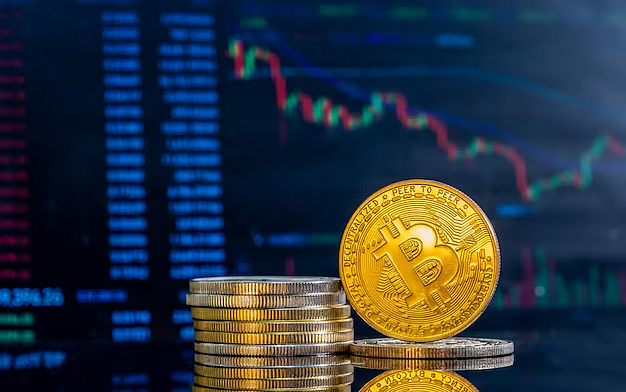The Backbone of DeFi: Stability in Volatility
DeFi emerged as a paradigm shift in the financial ecosystem, promising an alternate paradigm for banking. Volatility is its worst enemy. Unlike the traditional financial system that has a fiat backing for its stability, in the DeFi setting, the market can fluctuate with great severity and sometimes unpredictability. Crypto-pegged assets offer cushioning against price swings. What if the foundation of stability in DeFi were impacted? Would DeFi survive without them?
Fragile Dependence: The Pegged Assets in DeFi
Crypto-pegged assets have a vital role in DeFi: they serve as a store of value, medium of exchange, and a method for users to avoid price volatility while remaining fully in the ecosystem. It has enabled lending protocols as well as yield farming and cross-border transactions to operate quite stably. Their absence would mean even more uncertainty in the DeFi landscape, making it more difficult for users to manage their risk successfully.
But relying on these assets also raises questions. Many are either directly or indirectly tied to external markets, centralized custodians, or algorithmic mechanisms that might not work as intended all the time. The connections create possible points of failure and degrade the spirit of decentralization. If DeFi is to remain viable in the future, it may want to start looking for other options.
Stability sought Beyond Pegged Assets
Stability in decentralized systems can be conceivably more than mere traditional pegging mechanisms; for instance, there are some innovations that present alternative solutions, such as algorithmic balancing, collateral assets, and decentralized reserves, which try to maintain value independent of external financial systems.
A more ambitious vision proposes that DeFi itself might become a completely different model for financial interaction: an interaction in which stability is determined on a basis of diversified portfolios of assets, automated hedging strategies, or perhaps quite new economic models. In that case, effective innovations would obviate the need for measures to provide external stability while keeping a healthy ecosystem working.
The Risks and Opportunities in a Post-Pegged DeFi Environment
Should DeFi evolve beyond pegged assets, some significant challenges will arise in liquidity, which, as a core element of DeFi, will affect transactions in terms of speed and higher transaction costs. Moreover, user confidence might also dwindle due to the lack of directly acceptable medium of exchange. Without further ado, it would worsen the risk of participating in DeFi with no measures of volatility protection, discouraging global participation.
However, removing reliance on standard pegged systems can render this ecosystem much stronger and decentralized. It will distance itself from regulatory scrutiny, outside financial crises, and central points of control. In the long run, this can perhaps lead to a truly autonomous financial system, one that suits the original purpose of DeFi founders.
The Future: Adaptation or Reinvention?
Whether DeFi would retain existing stability mechanisms or re-invent the financial models in which it operates will be one of the biggest choices that will need to be made in the next phase of its evolution. The next generation decentralized applications may include hybrids balancing much between algorithmic and dynamic market-driven solution.
Whether DeFi can be made to live completely without such an aspect is still a debatable question. But surely, the innovation within this space will continue pushing the borders of what a decentralized finance can hold. And if such solutions can now come up to provide stability through decentralization, DeFi will become much more robust than ever.














